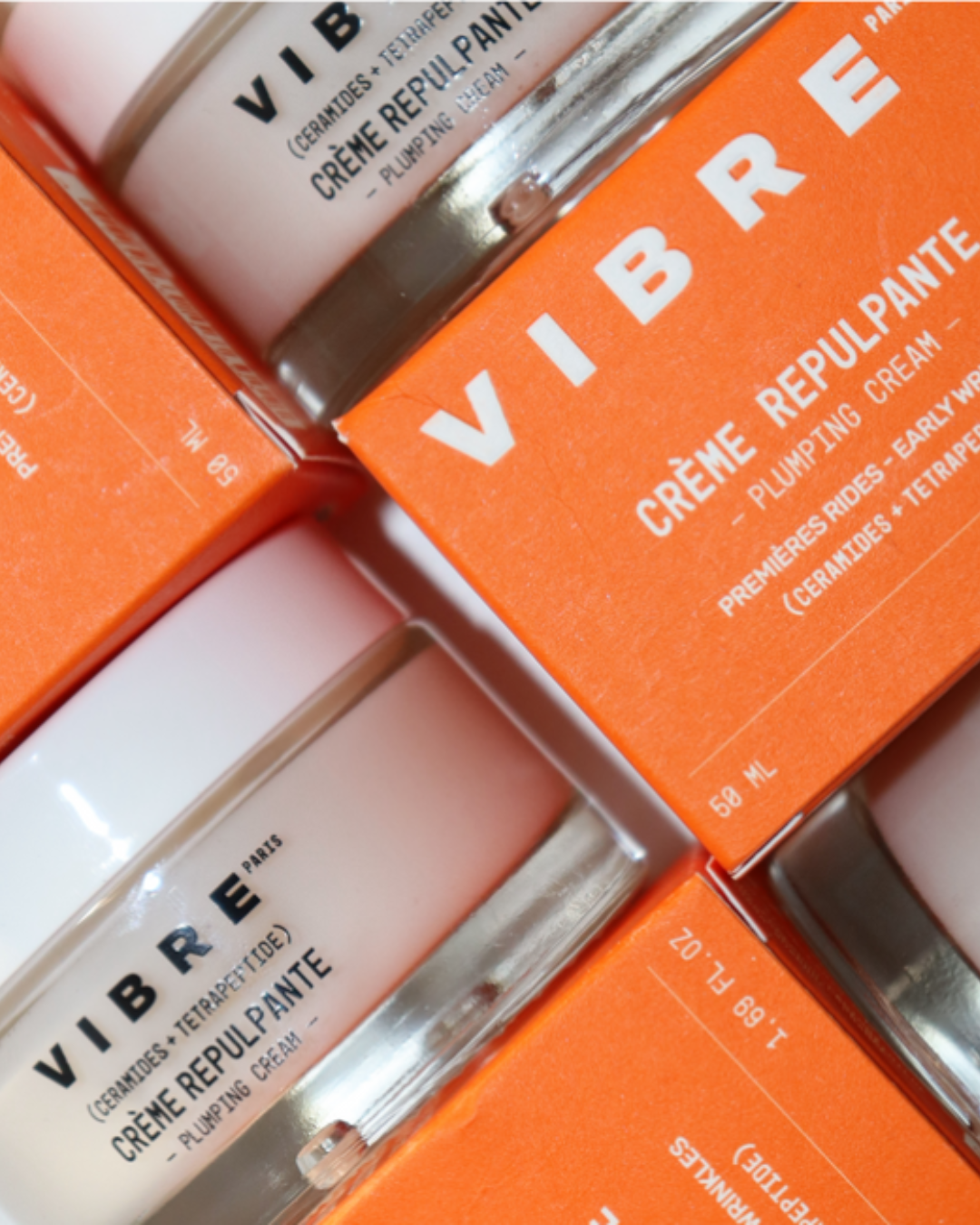
Why could your moisturizer be the cause of your rash?
Share
You religiously apply your moisturizing cream every day, hoping to soothe your skin... but instead, you notice redness, tightness or overheating? What if the culprit wasn't a hormonal change, stress or the weather, but your cream itself?
In this article, we explain why a skin care product that's supposed to protect can sometimes become the enemy of sensitive skin, what ingredients to look out for, and above all how to choose the right cream for your skin.

Persistent redness: a sign that your skin is reacting
Facial redness is not harmless. It can be a symptom of :
-
An altered skin barrier,
-
Chronic inflammation,
-
A reaction to one or more cosmetic ingredients.
And ironically, certain moisturizers, poorly formulated or unsuited to your skin type, can maintain or even aggravate this vicious circle.
Potentially irritating ingredients in moisturizers
Even products labelled "sensitive skin" may contain irritants or sensitizers. Here are the ones to watch out for:
1. Perfumes (natural or synthetic)
Even if they give a product a pleasant scent, fragrances are the leading cause of skin allergies. Even in low concentrations.
🔍 To be found in the INCI list: "Parfum", "Fragrance", "Linalool", "Geraniol", "Citronellol", etc.
2. Aggressive preservatives
Certain preservatives such as formaldehyde releasers or isothiazolinones are known to cause redness and itching, especially on reactive skin.
🔍 INCI: "Methylisothiazolinone", "DMDM Hydantoin", "Imidazolidinyl Urea"
3. Drying alcohols
Not all alcohols are bad, but some (likealcohol denat.) can dry out and irritate the skin, especially when they're high on the ingredient list.
4. Essential oils
Natural does not mean harmless. Some essential oils (lavender, tea tree, lemon...) are photosensitizing or irritating in the long term.
5. Powerful active ingredients
Ingredients such as retinol, acids (AHA/BHA) or even niacinamide in high doses can cause redness if poorly tolerated or introduced incorrectly.
What happens when a cream disrupts the skin barrier
The skin barrier, made up of lipids and dead cells, acts like a protective shield. When weakened, it allows :
-
Allergens,
-
Bacteria,
-
Irritants.
The result: your skin becomes more vulnerable, reacts more quickly, and redness sets in.
A poorly adapted cream can aggravate this situation if it :
-
Contains too many active ingredients or irritants,
-
Is too rich and suffocates the skin,
-
Is too light and doesn't provide enough protection.
False "good creams": pitfalls to avoid
Here are a few examples of creams that may seem "clean" or gentle, but are problematic:
-
Organic cream with soothing essential oils (often poorly tolerated).
-
Ultra-light cream for oily skin, packed with denatured alcohol.
-
Anti-ageing cream with fruit acids, too strong for sensitive skin.
-
Multifunction" cream with 15 different active ingredients, too complex for reactive skin.
Moral: just because a product is "natural", "dermatologically tested" or "hypoallergenic" doesn't mean it's suitable for YOUR skin.
✅ How to choose the right moisturizer when you have redness
🧴 1. Choose short formulas
Fewer ingredients = less risk of reactions. Look for simple formulas, focused on moisturizing and soothing.
🌿 2. Find the right assets
-
Glycerine: moisturizes without irritating
-
Panthenol (B5): soothes and repairs
-
Squalane: restores the lipid barrier
-
Allantoin: soothes and regenerates
-
Niacinamide (≤ 5%): mild anti-inflammatory
🔬 3. Opt for a texture suited to your skin
-
Light for combination to oily skin
-
Cream or balm for dry or very sensitive skin
👀 4. Analyze the INCI list (or use a decryption app)
Tools such as INCI Beauty or Yuka can help you quickly identify problematic ingredients.

Protocol for persistent redness
If your current cream seems to be causing redness, here's a simple plan:
-
Stop using any new products or active ingredients for 3-5 days.
-
Switch to an ultra-gentle minimalist routine:
-
Repair cream type Cicaplast, Aderma, Avène Tolerance
-
Reintroduce the treatments one by one, a few days apart.
⚠️ If redness persists or worsens, consult a dermatologist. It could be contact dermatitis, rosacea or an allergic reaction.
